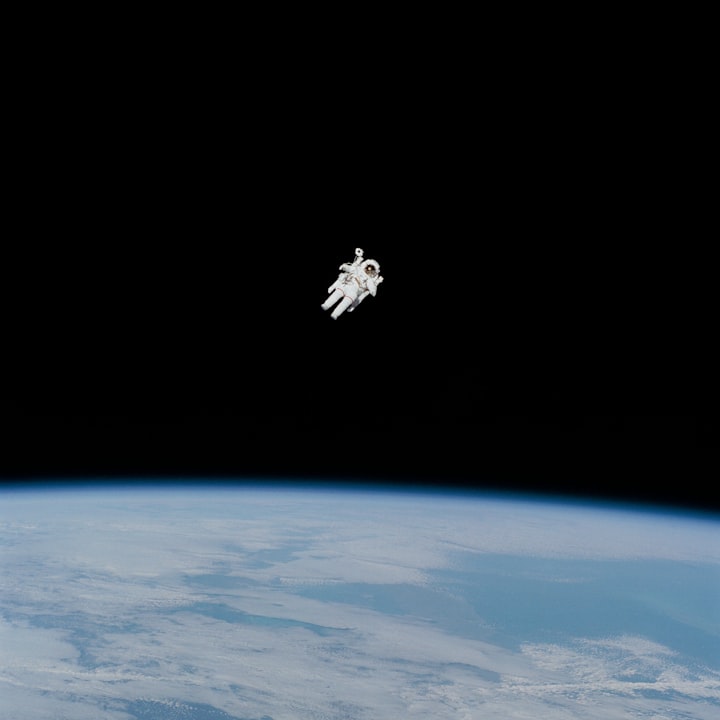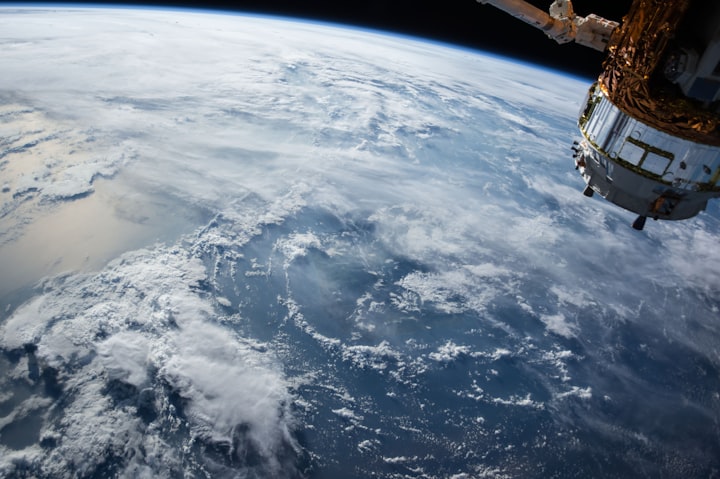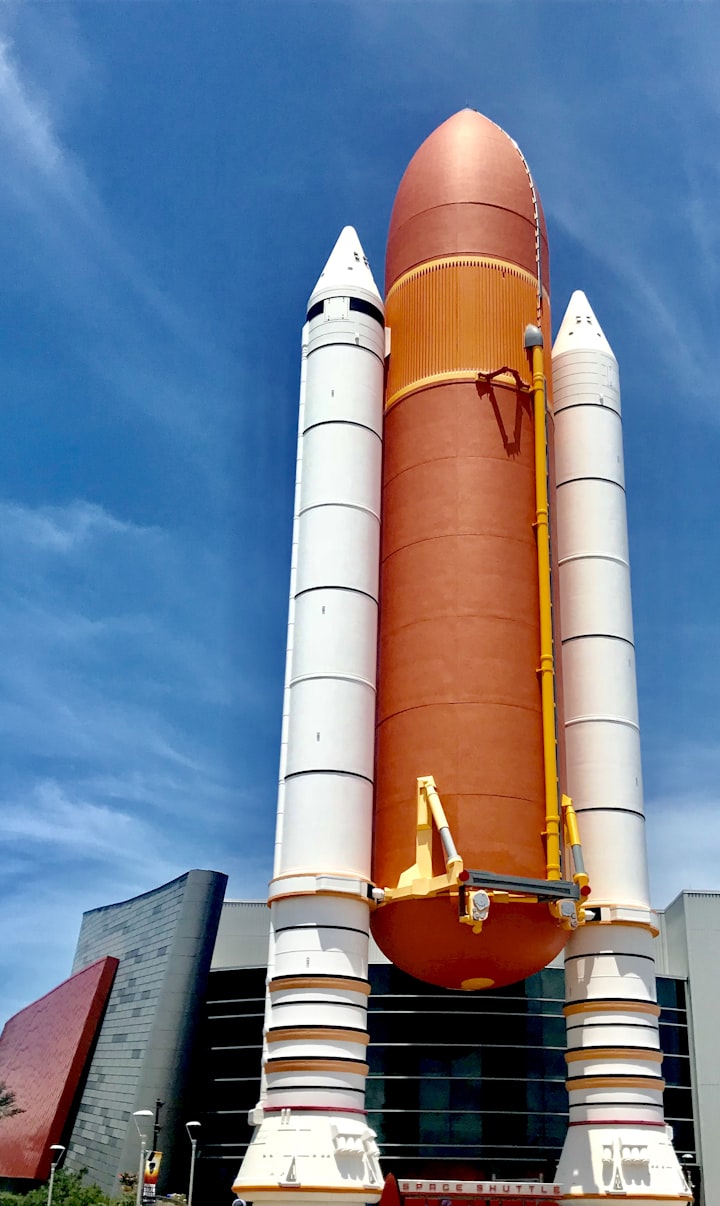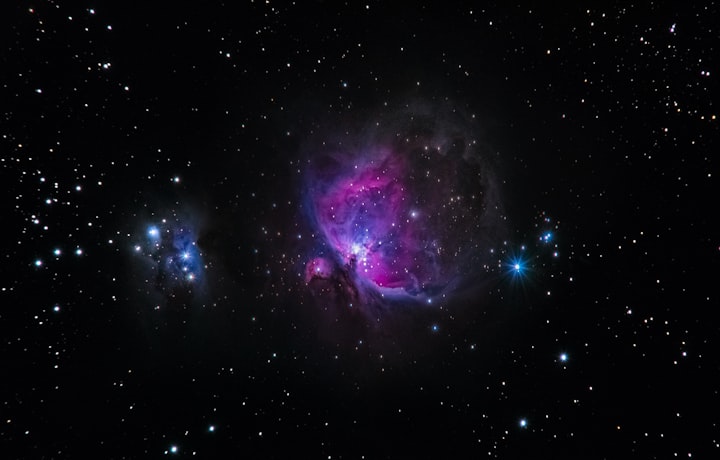Top 15 Amazing Science Fiction Facts that will blow your Mind
What are the most fascinating science facts?

What Are the Most Buzzing Science Facts About Science?
Science is a subject that has fascinated scientists for years, and now they are looking at new ways to keep it interesting. So what are the fascinating scientific facts? That's a question many people are asking, and if you are not familiar with the subjects, you might be surprised to find out just how much there is to discover.
Many different areas of interest involve using the natural world around us to come up with interesting things. Some of the most interesting of these involve the study of gravity.
Gravity has been a part of our everyday lives since we were able to measure it. It is important to know that gravity laws are not just limited to being used in space.

The gravitational force is present all over us. It is essential to understand how this works and how it can affect everything from the earth orbiting the sun to our moon and Mars. Many people have a fascination with this subject, especially in space research. Some have even dedicated their lives to studying this fascinating subject.
Some of the other subjects related to gravity study include studying the earth's orbit around the sun. It's interesting to see how much information can be gathered from this simple topic. Some researchers can gather information about the solar system from this straightforward phenomenon.
Another interesting fact about the earth's orbit around the sun is that the sun can affect the earth's rotation. We've learned that the earth's orbit around the sun also affects Jupiter's orbital period. Knowing this information is extremely important for scientists who study the planets.
The gravitational pull of stars on the planets is a big subject that scientists study. We all have a fascination with stars and planets. We want to understand more about their origins and how they work. A new study published in Astrophysical Journal Letters uses this knowledge to help explain the structure of stars and planets.
What are the fascinating facts about science? I can think of several!
15 amazing science Fiction that will blow your Ideas
1. Babies have approximately 100 more bones compared to adults.
Infants have about 300 bones at dawn, with cartilage involving a lot of them. With age, many bones fuse, which makes 206 bones, which constitute an average adult skeleton.

2. The Eiffel Tower maybe 15 cm taller during the summer.

When a material is warmed up, its particles move more, and it takes up a larger quantity -- that is known as thermal expansion. Conversely, a drop in temperature causes it to contract again. The mercury level in a thermometer, for example, rises and falls as the germ's quantity varies with the ambient temperatures. This effect is most striking in gases but happens in liquids and solids such as iron also. For this reason, large structures such as bridges are created out of expansion joints, which allow them some leeway to contract and expand without causing any injury.
3.The Amazon rainforest makes 20 percent of Earth's oxygen.

Our atmosphere comprises approximately 78 percent nitrogen and 21 percent oxygen, with many distinct gases found in tiny quantities. The huge majority of living organisms worldwide require oxygen to live, turning it to carbon dioxide because they breathe. Luckily, plants continually replenish our planet's oxygen levels through photosynthesis. Covering 5.5 million square kilometers (2.1 million square kilometers), the Amazon rainforest cycles a substantial percentage of the planet's oxygen, consuming huge amounts of carbon dioxide concurrently.
4. Some alloys are so responsive that they burst on contact with water.

There are particular metals -- like magnesium, sodium, lithium, rubidium, and cesium -- which are so responsive they exude (or tarnish) instantly when exposed to the air. They're able to create explosions when missing in the water! All elements strive to be stable -- in other words, to have a full outer electron shell. To attain this, metals tend to lose electrons. The alkali metals have only 1 electron on their outer shell, making them ultra-keen to maneuver with this unwanted passenger to another component via bonding. Due to this, they form compounds with other elements so easily they don't exist in character.
5. A teaspoonful of neutron stars would consider 6 billion tons.

The dying star awakens at a supernova, while its core collapses in on itself due to gravity, forming a super-dense neutron star. Normal neutron stars have a mass of up to 3 solar masses, which can be crammed into a sphere having a radius of approximately ten kilometers (6.2 miles), leading in a few of the known universe's densest matter.
6. Hawaii moves 7.5cm nearer to Alaska every year.

The Earth's crust is divided into colossal pieces called tectonic plates. These plates are in constant motion, propelled by currents in the Earth's upper mantle. Sexy, less-dense stone climbs before heating and sinking, giving rise to circular convection currents, which act like giant conveyor belts, slowly changing the tectonic plates over them. Hawaii sits at the Pacific Plate center, gradually drifting northwest towards the North American Playback into Alaska. The plates' rate is similar to the pace at which our fingernails grow.
7. Chalk is created of trillions of microscopic plankton fossils.

Tiny single-celled algae called coccolithophores have lived in Earth's oceans for 200 million decades. Under 100 million years back, conditions were just right for coccolithophores to accumulate in a thick coat seafloor at a white ooze. As further sediment built up on top, the strain compacted the coccoliths to form rock, creating chalk deposits like Dover's white cliffs. Coccolithophores are only one of several ancient species that were immortalized in fossil type, but how do we know how old they are? Over time, rock forms in flat layers, leaving older stones at the bottom and younger rocks close to the top. By studying the type of rock in which a fossil is found, paleontologists can roughly guess its era. A carbon connection estimates that a fossil's age was exactly dependent on the speed of decay of radioactive elements such as carbon-14.
8. In 2.3 billion years, it will be too hot for life to exist on Earth.

In the forthcoming hundreds of millions of years, the Sun will become progressively brighter and thicker. In only more than 2 billion years, temperatures are high enough to evaporate our oceans, making life on Earth impossible. Our world will develop into a massive desert similar to Mars today. Because it expands into a red giant in the subsequent few billion years, scientists predict that the Sun will finally engulf Earth, spelling the world's definite end.
9. Polar bears are almost undetectable by infrared cameras.

Thermal cameras detect the heat lost by a subject as infrared, but polar bears are specialists at preserving heat. The leaves stay warm because of a thick layer of blubber under the skin. Add to this a dense fur coat, and they're able to survive the chilliest Arctic day.
10. It takes 8 minutes, 19 seconds for light to travel from the Sun to the Earth.

At this breakneck speed, covering the 150 million-odd kilometers (93 million miles) between sunlight and we take ample time. And eight minutes is still very modest compared to five and a half hours it takes for the Sun's light to reach Pluto.
11. If you took out all of the space in our electrons, then the human race could fit in the volume of a sugar block.

The atoms that make up the world around us look solid but are actually over 99.99999 percent vacant spaces. An atom comprises a small dense nucleus surrounded by a cloud of electrons spread within a proportionately huge location. That is because as well as being particles, electrons act like waves. Electrons can only exist where the crests and troughs of these waves accumulate properly. And instead of present in 1 stage, each electron's place is dispersed over a selection of probabilities -- an orbital. They consequently occupy a huge amount of space.
12.Stomach acid is strong enough to dissolve stainless steel.

Your stomach digests food because of exceptionally corrosive hydrochloric acid with a pH of 2 to 3. The lining still must be replaced regularly, and it completely renews itself every four times.
13.The Earth is a giant magnet.
Variations in temperature and density produce currents within this iron, which subsequently create electrical currents. Lined up from the planet's twist, these electrons combine to make a magnetic field, utilized by strand fibers worldwide.
14. Venus is the only planet to spin clockwise.
As a result of this regular origin, all planets go around the sunlight in precisely the same direction and roughly the same plane. Uranus spins on its side, whereas Venus defiantly spins in the complete opposite direction. The most probable reason for the planetary oddballs is colossal asteroids, which knocked them off course from the remote past.
15. A flea can accelerate quicker than the Space Shuttle.

A jumping flea reaches dizzying heights of about eight centimeters (three inches) at a millisecond. Fleas expertise 100 g, even though the Space Shuttle appeared in about 5 grams. The flea's key is actually a stretchy rubber-like protein that allows it to store and release energy, such as a spring.
. . . . . . . .
Astronomy has always been a fascinating subject. It will never become obsolete and will always hold a fascination for many people.
It is amazing to see how much we learn about the universe and the most interesting fact about it. This knowledge is vital to the future of our planet and our lives.
It is a well-known fact that the universe is expanding. This is an interesting fact because it affects our world in so many ways. We'll learn about this in the next interesting fact.
It is a well-known fact that our galaxy is expanding. This is fascinating because it affects everything from our planet's climate to the stars in our own galaxy.

There are many different kinds of matter floating around out there. We'll learn more about the various types of matter floating around out there in the universe.
These are only some of the many interesting facts about science. By knowing all of this information about the subject, we can begin to understand its mysteries all better.
It is also a fun and interesting fact to explore. If you want to get your hands on one of the many interesting books about the subject, why not check them out at the library or online?
You may be surprised at all of the things you find out. The more knowledge you have about science, the better off you'll be in life.






Comments
There are no comments for this story
Be the first to respond and start the conversation.